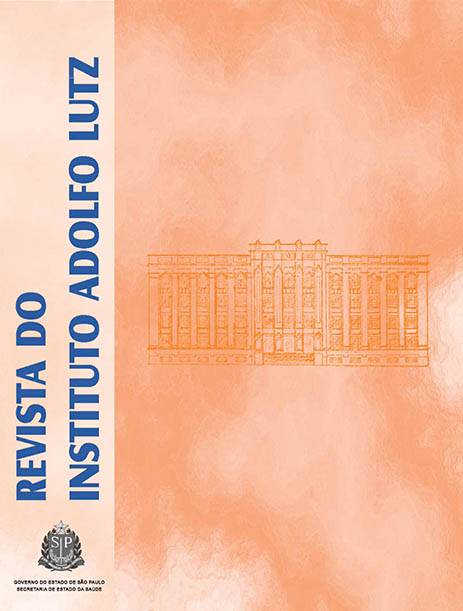Abstract
The present study aimed at analyzing the microbiologic quality of homemade milk chocolate produced and marketed in the southern region of the State of Rio Grande do Sul. 40 samples were collected from the markets of this region. Salmonella isolation, and aerobic mesophiles, total coliforms, thermotolerant coliforms, mould and yeast, positive- coagulase Staphylococcus and sulfite-reducing clostridia counts were performed. 13 (32.5%) samples were unsuitable for human consumption. Of these, in 11 (27.5%) samples the yeast and mold counts were above the established limits; and 6 (17.5%) showed noncompliant results only in this parameter only. The second microbiological parameter mostly found was the total coliforms, and the counting values above those acceptable were detected in 5 (12.5%) samples. Only 1 sample showed Staphylococcus coagulase positive count above the established limit. Neither Salmonella nor sulfite-reducing clostridia were isolated from the analyzed samples. These data indicate that some hygienic problems have occurred, probably related to inadequate fabrication practices or the non-adoption of good practices of fabrication.References
1. Brasil. Agência Nacional de Vigilância Sanitária. Normas técnicas especiais. Resolução n. 12, de 30 de março de 1978. Diário Oficial [da] União, Brasília, DF, 24 jul 1978, Seção I, p. 45-53.
2. Centers of Desease Control and Prevention – CDC. Salmonella. 2010. [acesso 2011 nov 21]. Disponível em: [http://www.cdc.gov/salmonella/index.html].
3. Centers of Desease Control and Prevention – CDC. Estimates of foodborne illness in the United States. 2011. [acesso 2011 nov 21]. Disponível em: [http://www.cdc.gov/foodborneburden/2011-foodborne-estimates.html].
4. Brasil. Ministério da Agricultura, Pecuária e Abastecimento, Secretaria de Defesa Agropecuária. Métodos Analíticos Oficiais para Análises Microbiológicas para Controle de Produtos de Origem Animal e Água. Instrução Normativa n. 62, de 26 de agosto de 2003. Diário Oficial [da] União, Brasília, DF, 18 set 2003, Seção I, p. 14-51.
5. Kapperud G, Gustavsen S, Hellesnes I, Hansen AH, Lassen J, Hirn J, et al. Outbreak of Salmonellatyphimurium infection traced to contaminated chocolate and caused by a strain lacking the 60-megadalton virulence plasmid. J Clin Microbiol.1990;28(12):2597-601.
6. Baylis CL, Macphee S, Robinson AJ, Griffiths R, Lilley K, Betts RP. Survival of Escherichia coli O157:H7, O111:H- and O26:H11 in artificially contaminated chocolate and confectionary products. Int J Food Microbiol. 2004;96(1):35-48.
7. Food and Drug Administration – FDA. Staphylococcus aureus. Bad Bug Book: Foodborne Pathogenic Microorganisms and Natural Toxins Handbook, 1992. Disponível em: [http://www.cfsan.fda.gov/~mow/chap3.html].

This work is licensed under a Creative Commons Attribution 4.0 International License.
Copyright (c) 2012 Instituto Adolfo Lutz Journal
